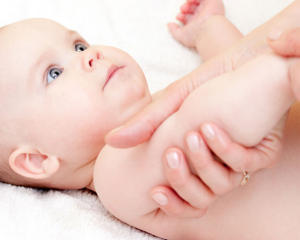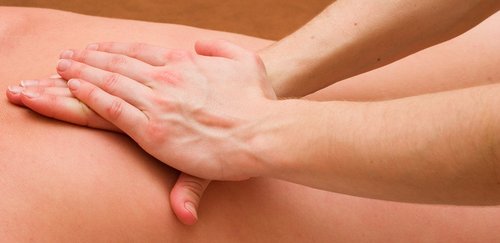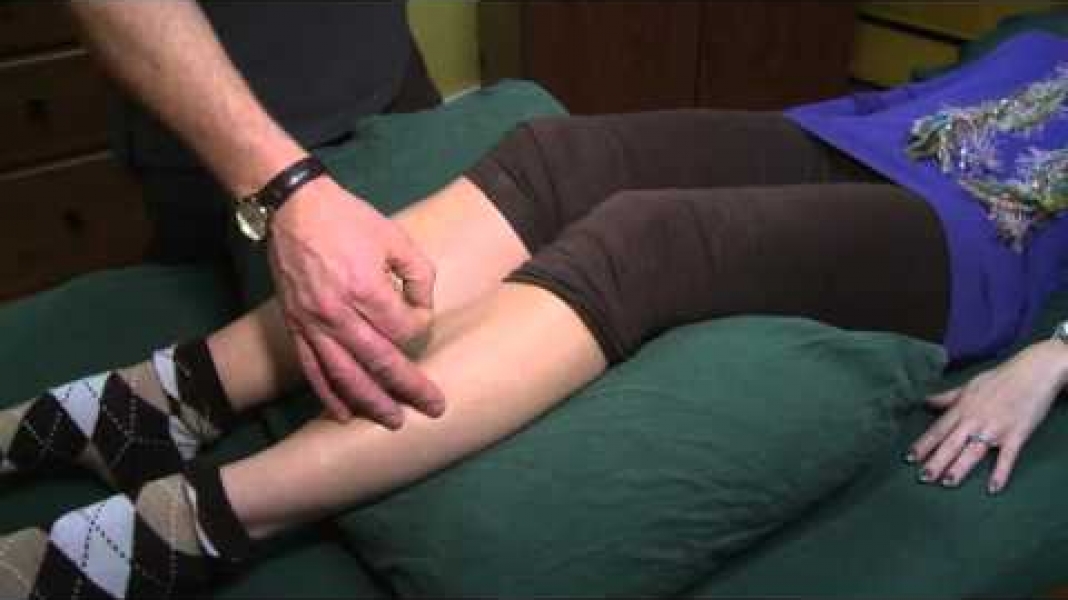What happens during a massage?

How massage works
Massage helps to both relax and revitalize muscles – this not only reduces painful conditions, but also restores and optimizes function. Massage also works at the connective tissue level. Connective tissue, or “fascia”, surrounds all tissues (skin, muscles, ligaments, tendons, bones, nerves, vessels, and organs). Massage can treat the restrictions and dysfunctions in fascia and muscle that result from overuse, disuse, postural imbalances, injury, scar tissue, or inflammation.
Massage helps shift and reset the balance of your autonomic nervous system. It relaxes your sympathetic nerves (fight or flight response), and activates your parasympathetic nerves (restorative functions). This calming effect not only gives you peace of mind, but also allows digestion, circulation, and immunity to function optimally.
Prenatal Massage

A woman’s body is designed to adapt to the dramatic physical and metabolic changes during pregnancy. Prenatal massage can enhance the function of muscles and joints, improve circulation and general body tone, and relieve mental and physical fatigue during this amazing transformation. The gentle, non-invasive approach of prenatal massage eases discomfort associated with pregnancy, helps the mother prepare for labour and gives her nurturing, emotional support.
We can still work with you if you have a higher-risk pregnancy (hypertension, gestational diabetes, history of miscarriages, etc), but it is important for you to discuss your condition with your midwife or physician before seeking massage.
Pregnancy massage is light massage work that may include other modalities that promote circulation, relaxation and pre-labour induction — actually, we don’t “induce”, but rather, help you relax. This means your labour is not delayed by stress, and you can birth your baby in your own time, more easily and naturally.
Pregnancy massage can:
- Reduce swelling in hands, feet and ankles
- Lessen sciatic pain
- Ease general muscle tension and in specific areas like the low back & neck, calf cramps
- Tone and relax muscles relaxes and increase flexibility
Helps with relaxation which in turn can decrease insomnia and stress - Increase blood and lymph flow which can nourish tissues while eliminating toxins
- Strengthen the immune system through lessening the fight-or-flight response
- Stimulate the release of endorphins, the body’s natural pain-relief system, into the brain and nervous system, to help relieve anxiety or depression
- The mother’s partner or support person can be shown pressure points and massage techniques that can be used during the birth to ease the process and make the mother as comfortable as possible
Baby Massage

Infant massage is a unique, yet natural way to nurture a baby into the world. It can be a fun way to provide emotional and physical bonding, to communicate, to convey affection and to give a sense of security. It can provide all kinds of relief from everyday stress, to discomfort, constipation, or even colic and teething. It can help to increase circulation, promote relaxation, and relax muscle tension, and aid digestive and respiratory systems.
Parents are encouraged to participate in the massage if they desire. The therapist uses massage techniques of light strokes, kneading, and gentle squeezing. A great way for father to bond with baby too. The therapist supports you in gaining confidence in massaging your baby routinely, to help you create a calm and nourishing attachment.




